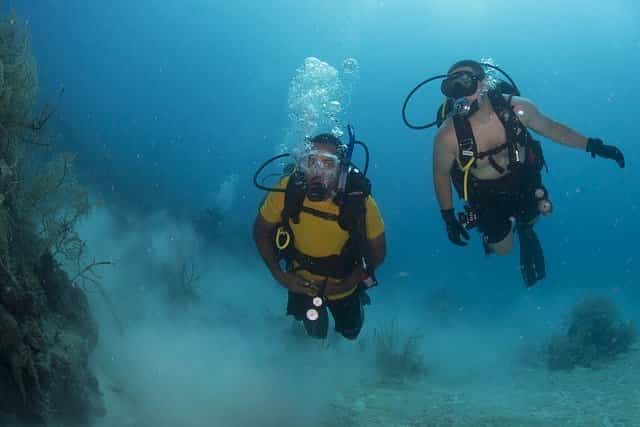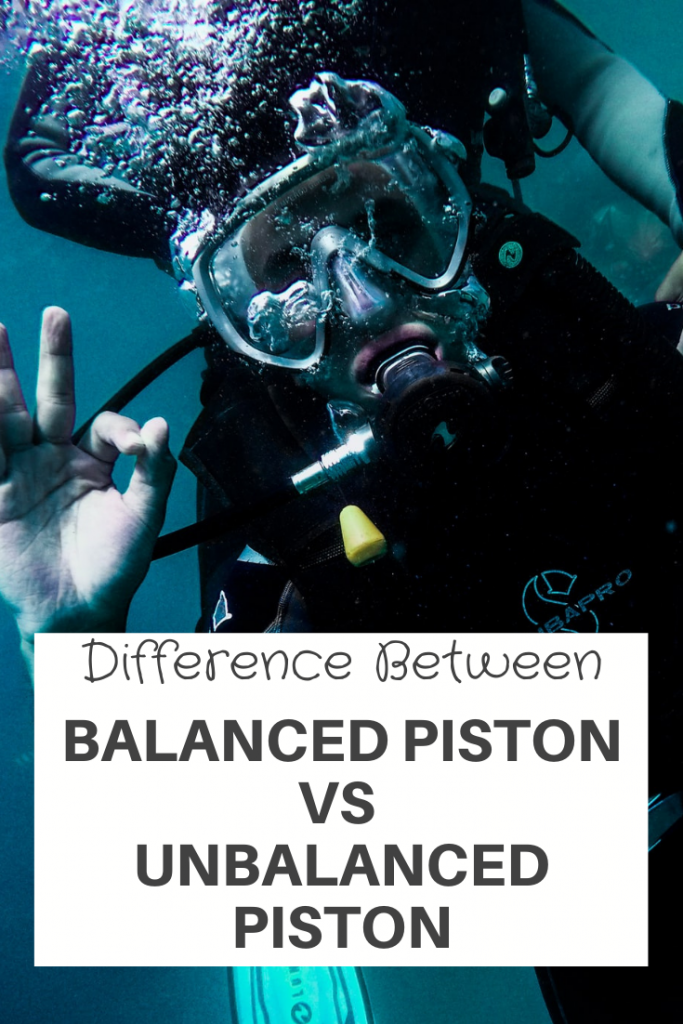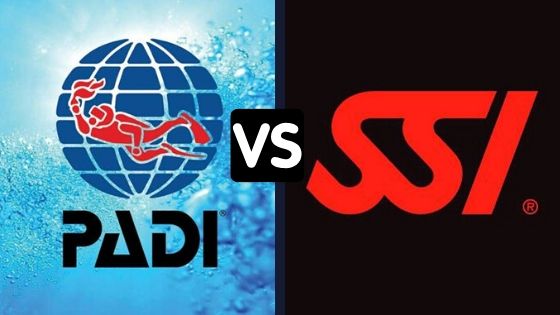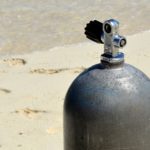
Scuba diving involves learning about diving equipment. The scuba regulator is one of the main components of your scuba equipment. The scuba regulator manages the pressure of the supply of air and adjusts for the surrounding pressure. This helps and allows the diver to breathe while underwater.
There is a range of scuba regulators on the market. Firstly you have to learn about the difference between piston or diaphragm regulators controls. And then the before explaining the difference between balanced and unbalanced pistons.
In today’s post, we will go through in more detail the difference between a balanced piston vs unbalanced piston in scuba diving, so let’s get started!
Read more on common questions asked by divers
Difference Between Diaphragm And Piston In Regulators
The scuba regulators are build using either a piston design or a diaphragm design. The job of the piston or the diaphragm is that they manage the air pressure from high pressure to moderate pressure.
The main difference between pistons and diaphragms is that the piston regulators have fewer moving parts and are more durable when compared to the diaphragm. The piston regulators are also more expensive due to their more precise implementation.

On the other hand, the diaphragm has more moving parts and is simpler to produce with it also cheaper to buy.
Both piston or a diaphragm is equally good as each other. The piston regulator delivers much more air than the diaphragm regulator where under certain conditions where high flow is needed.
Difference Between A Balanced Piston Vs Unbalanced Piston
The difference between a balanced and unbalanced piston regulator is that the balanced piston offers steady breathing at all pressures. This is regardless of depth or air pressure in your tank.
Whereas the unbalanced piston regulator doesn’t offer the same steady flow of air so when the tank’s air diminishes and as you descend the breathing can be a little harder.
Currently, all diaphragm regulators in production are balanced.
What Is A Balanced First Stage Regulator?
For either the piston or diaphragm regulator, the balanced first stage is built so that the tank pressure does not affect the valve.
What this does helps with the consistent breathing effort independent of depth or tank pressure.
What Is The Difference Between The 1st Stage And 2nd Stage In Regulators?
You can’t breathe from the tank directly as this could damage your lungs. The regulator’s job is to help you breathe underwater by controlling the reducing the pressure from the tank to a safe level for you to inhale.
To do this the regulator does this in two stages. The first stage is the part of the regulator that is connected to the tank valve. It also provides tank pressure or lowers the pressure from a couple of thousand psi to several hundred psi.

And the second stage of a scuba diving regulator is the part that the diver puts into his mouth. This stage lowers the pressure to an appropriate level for the depth you are at the moment you try to breathe.
The two stages work together to provide you air at an appropriate pressure for the depth you are at.
How Long Does A Scuba Regulator Last?
The regulator is a simple mechanical device that should last indefinitely. This would require proper care such as servicing once a year or after every 80 dives. As well as cleaning and maintaining it properly.
Wrapping Up
Finally, we all know the importance of scuba regulators. The difference between the balanced piston and unbalanced piston is that the balanced piston manages the flow of air regardless of the tank pressure to the depth sp the diver can breathe easier.
And the unbalanced can be harder to breathe for the diver as the diver descends and the tank gets lighter.
And that’s it for now! I’d love to know if this guide on the difference between a balanced piston vs unbalanced piston has helped you. Let me know if you have any questions and let me know if there is more to add.
Did you enjoy this post? Then don’t forget to pin it!












